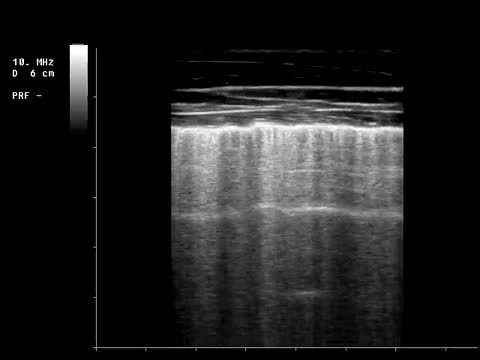Recognizing Respiratory Distress Quickly in Your Horse
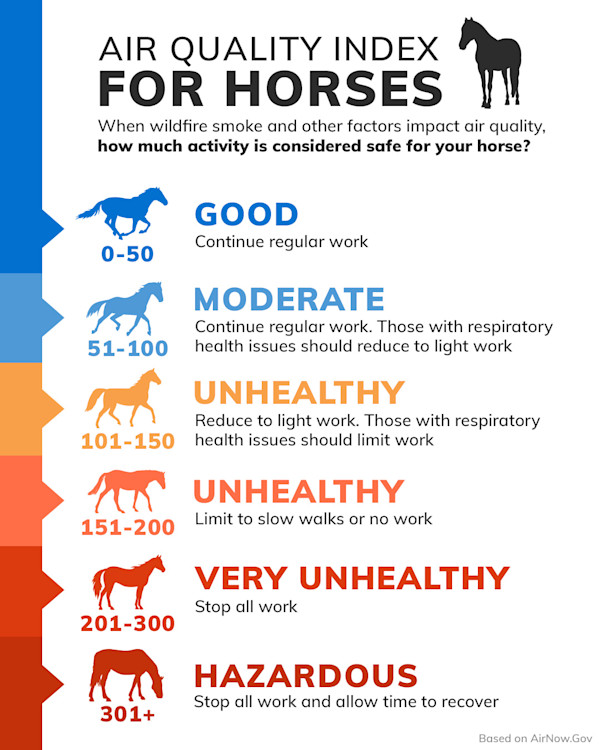
Respiratory distress in horses is a critical condition that requires immediate attention. Early recognition can be lifesaving and helps ensure timely veterinary intervention. This article will guide you through the signs, causes, and steps to take when you suspect your horse is experiencing respiratory distress.
What is Respiratory Distress?
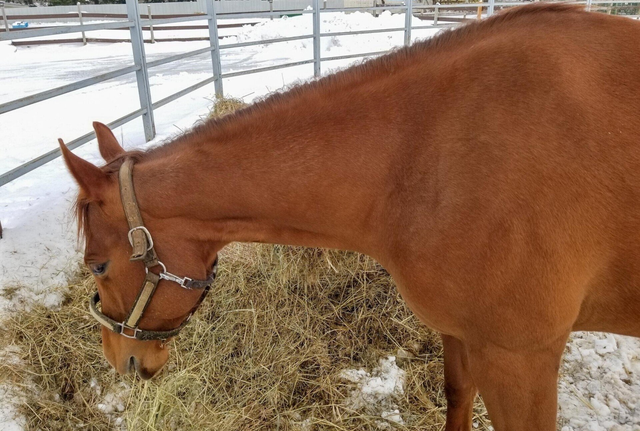
Respiratory distress occurs when a horse has difficulty breathing or is unable to get enough oxygen. This can be due to various underlying causes such as infections, allergies, physical obstructions, or chronic conditions.
Common Signs of Respiratory Distress in Horses
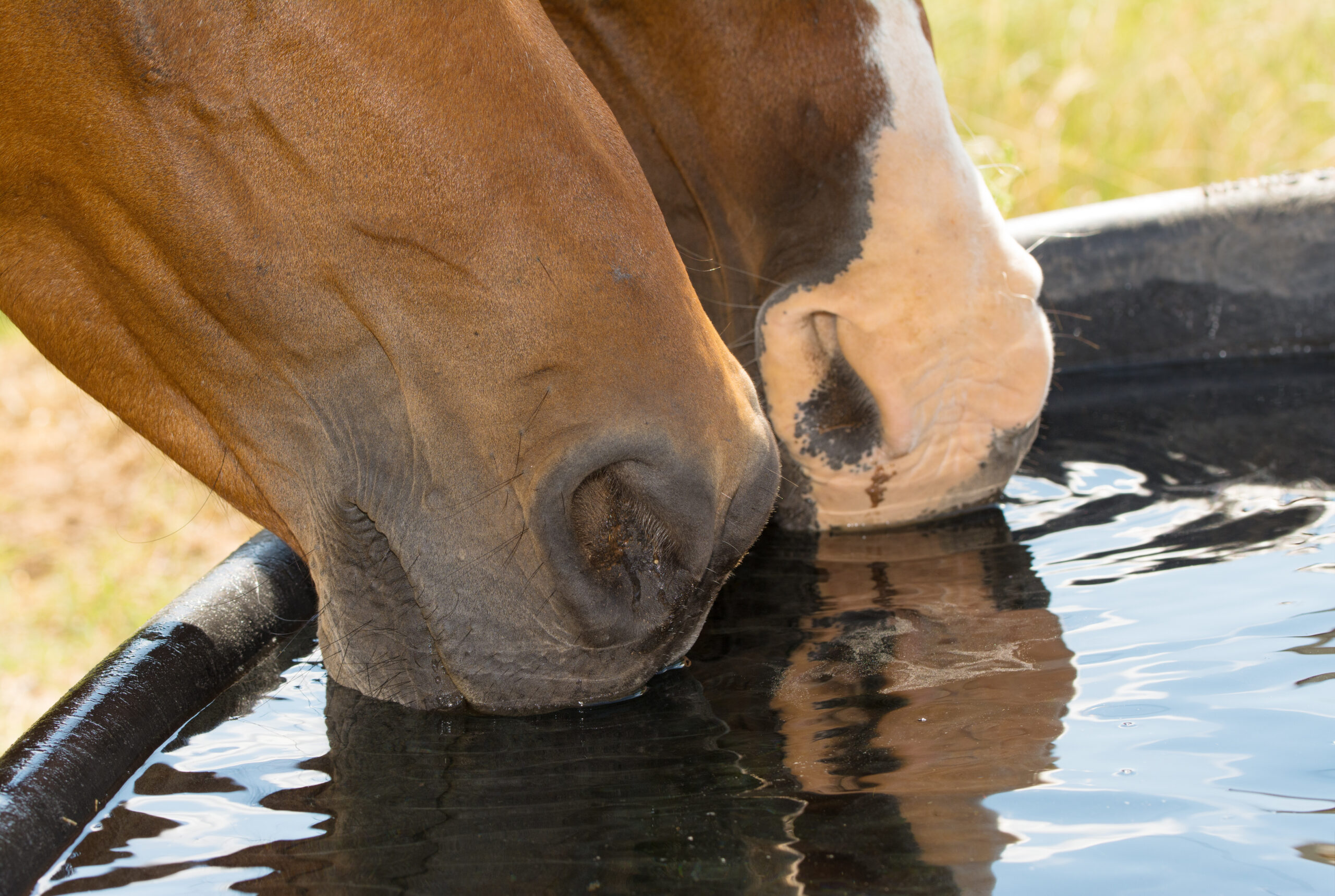
Recognizing the symptoms early is crucial. Here are some common signs to watch for:
| Symptom | Description |
|---|---|
| Increased respiratory rate | Breathing faster than normal (more than 12-20 breaths per minute) |
| Labored breathing | Noticeable effort in breathing, flared nostrils, or use of abdominal muscles |
| Nasal discharge | Clear, cloudy, or bloody discharge from the nostrils |
| Coughing | Persistent or severe coughing |
| Cyanosis | Bluish tint to the gums or tongue indicating low oxygen |
| Open-mouth breathing | Breathing with mouth open, which is abnormal in horses |
Causes of Respiratory Distress
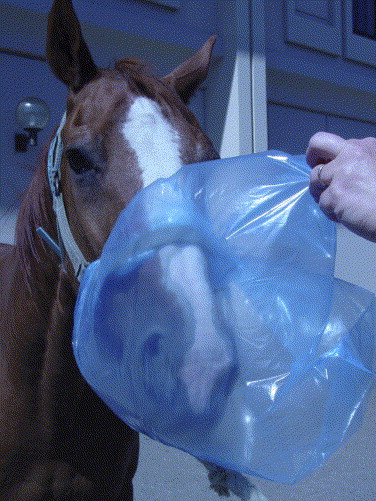
Understanding the cause helps in managing the condition effectively:
- Infections: Bacterial, viral, or fungal infections such as pneumonia or equine influenza.
- Allergic reactions: Exposure to dust, mold, or pollen can trigger respiratory issues.
- Physical obstructions: Foreign objects or swelling in the airway.
- Chronic conditions: Diseases like heaves (recurrent airway obstruction).
Immediate Actions to Take
If you notice signs of respiratory distress:
- Stay calm to avoid stressing the horse further.
- Remove the horse from dusty or smoky environments.
- Check the airway for obstructions if safe to do so.
- Call your veterinarian immediately for professional assessment.
- Monitor vital signs such as respiratory rate and gum color while waiting.
Preventative Measures
- Maintain clean, dust-free stables.
- Avoid sudden changes in environment or feed.
- Regular veterinary check-ups.
- Vaccinate against common respiratory diseases.
FAQ
Q: How fast is too fast for a horse’s breathing?
A: Normal resting respiratory rate is 12-20 breaths per minute. Rates consistently above this may indicate distress.
Q: Can respiratory distress be fatal?
A: Yes, if untreated, it can lead to severe complications or death.
Q: When should I call the vet?
A: At the first sign of labored breathing, cyanosis, or open-mouth breathing.
Q: Are there any home remedies?
A: Immediate veterinary care is essential; home remedies are not recommended.
Recognizing respiratory distress quickly in your horse can make a significant difference in outcomes. Being informed and prepared ensures your horse receives the care it needs promptly.
